Long nights, short days—what to watch for during the darkest season
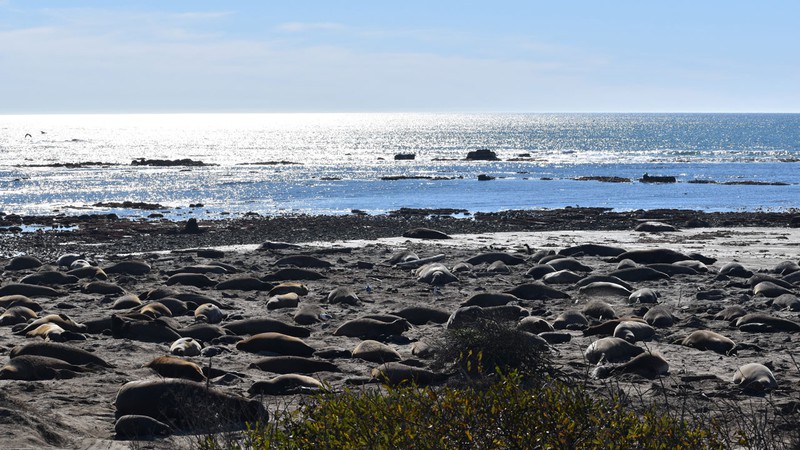
The winter solstice brings king tides, mating elephant seals and other natural wonders. Courtesy of Santa Cruz Museum of Natural History
As the brisk, dry days of fall in Santa Cruz transition to the chilly wet darkness of winter, many of the area’s most familiar plants and critters settle into a season of dormancy. But despite the shorter days and much colder and wetter weather, there are a number of fantastic natural wonders of Santa Cruz that are best appreciated in winter: from dramatic tidal changes and epic ocean swells, to moisture-loving creatures and stinky shade-loving flowers.
We’ve teamed up with Marisa Gomez, community education and collaboration manager at the Santa Cruz Museum of Natural History, to highlight a few natural phenomena you can appreciate this season. Here are 10 natural wonders of Santa Cruz you won’t want to miss this winter.
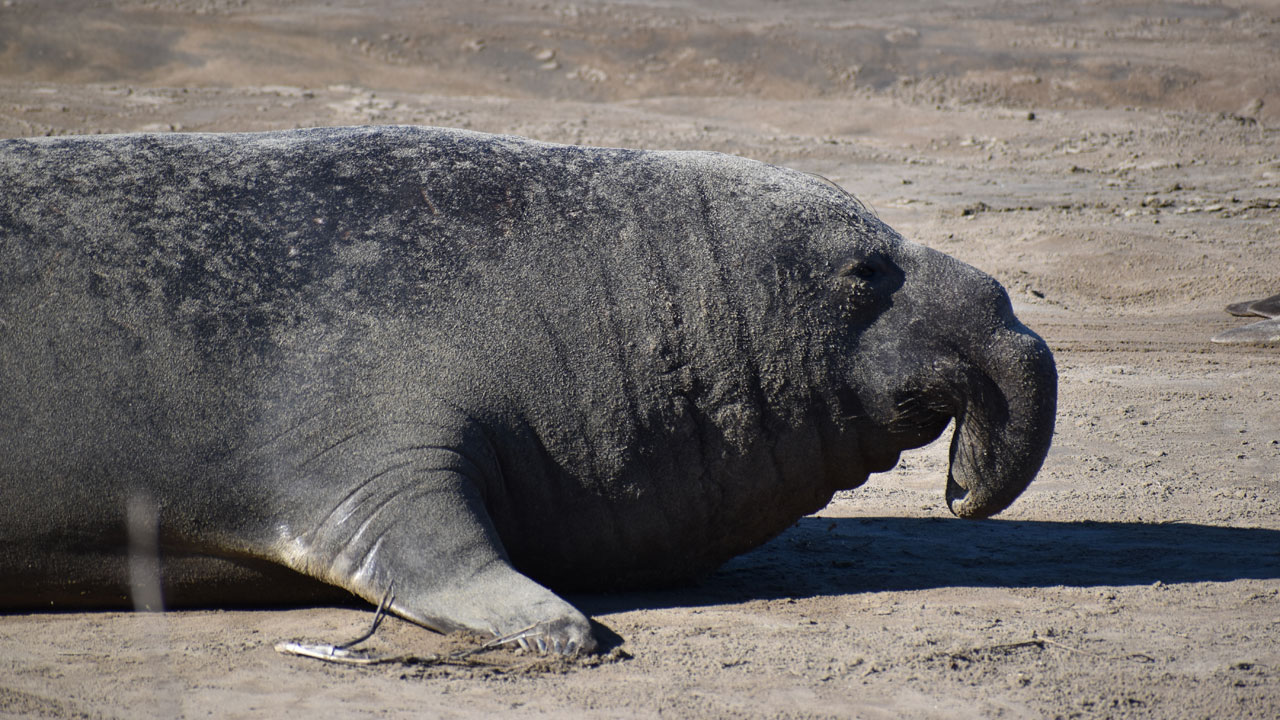
After spending around nine months in the open ocean, hundreds of northern elephant seals (Mirounga angustirostris) make their way to the sandy shores of Año Nuevo State Park this time of year, to breed and give birth. The park is about 20 miles north of Santa Cruz, and offers docent-led tours to view the breeding seals from mid-December through the end of March. Males are the first to arrive, looking to stake their claim to a plot of oceanfront property that will win the most mates. As the females arrive later in the month, visitors may witness some gnarly battles as the two-ton males fight over their harems. “Whether you're looking to watch massive mammals fight for female attention, or precious pups squeal on the shore, elephant seals are an amazing sight to see throughout the winter months,” Gomez says.
While the previous season cued the arrival of everyone’s favorite insect—the monarch butterfly (Danaus plexippus)—winter is the best time to see thousands of them tucked in the eucalyptus trees at Natural Bridges State Park in Santa Cruz. These endangered insects visit the northern California coast each year to spend the winter huddled together in impressively large yet delicate heaps hanging from the trees. “Last year’s monarch overwintering numbers were reassuring following several troublingly low years,” Gomez reports. “This year, monarch numbers also appear to be doing well, but are still dramatically below historic levels.”
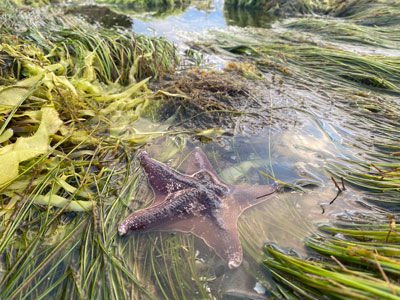
“Every day of the year, there are two low tides and two high tides, but surrounding winter new moons, one of the daily low periods will be so low it reaches negative tide,” Gomez says. “The term ‘king tides’ refers to the extreme tidal shifts we experience during the new moons that surround the solstices.” And because the tides retreat so significantly during the king tides, they provide a “great opportunity to explore the tide pools of Natural Bridges and Capitola, as well as look for fossils between Capitola and New Brighton,” she adds.
“Winter is the best time to stargaze,” Gomez says. “Cold winter air doesn't hold as much moisture, leading to clearer skies, and long nights provide a greater window of time for seeing the stars. Grab your coat and head to high ground away from light pollution to look for winter constellations like Gemini and Orion.” You may get lucky and witness a sparkling show of shooting stars during the Ursid meteor shower in late December or the Quadrantids meteor shower in the first few days of January.
Santa Cruz is synonymous with the banana slug (Ariolimax), but for much of the year it can be tough to spot the bright yellow critters, as they tend to hibernate when it’s dry and warm. But once the air cools and the winter rains hit, the slugs reemerge. Take a short walk through the redwoods after a chilly winter rain and it won’t be long before you spot one—or a dozen. Banana slugs are the second largest terrestrial slug in the world and aren’t always bright yellow—they can also be greenish, brown, tan or white. They’re fun to look at, but beware of picking them up. The slugs aren’t dangerous, but will excrete an unpleasant sticky mucus when threatened.
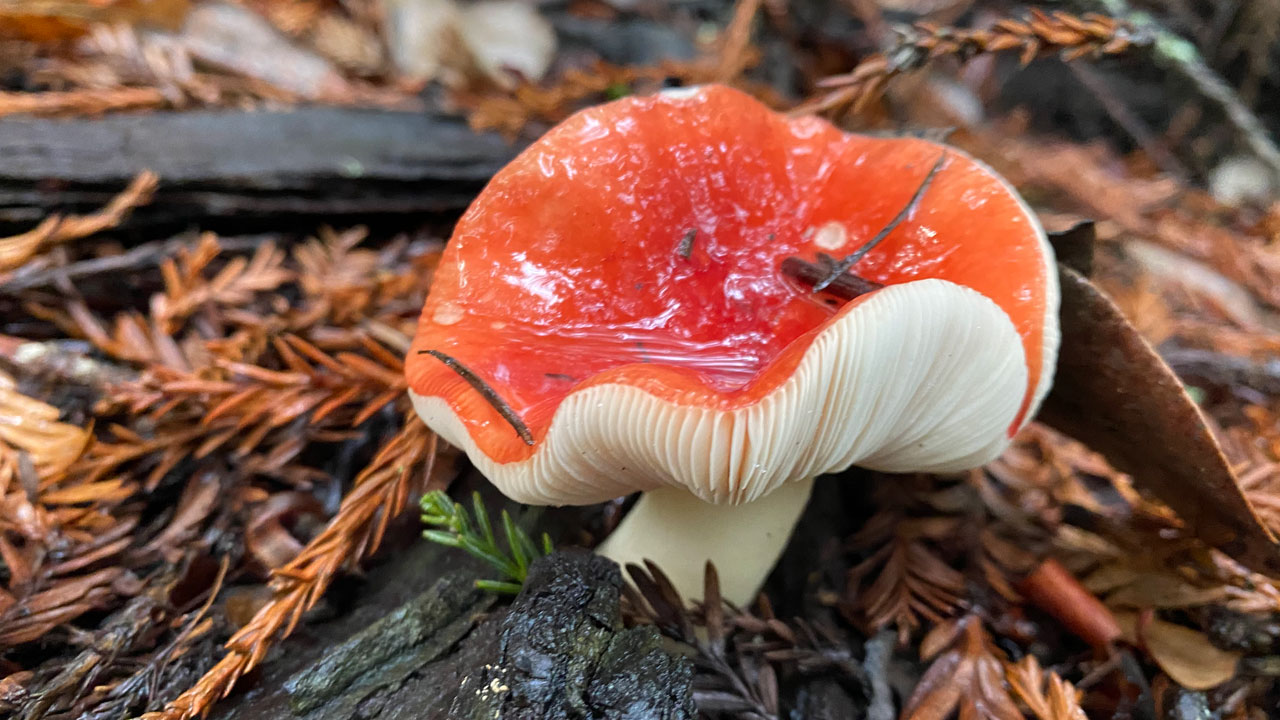
“Santa Cruz is a mushroom lover's paradise,” Gomez says. “From redwood forests to oak woodlands to your neighbor’s lawn, mushrooms occur in abundance throughout the wet months of the winter. All mushrooms are safe to touch, though some can make you sick or worse if consumed,” she cautions. “The museum offers several classes throughout the winter to help you brush up on your mushroom skills.”
There’s no better season than winter to appreciate the “Surf City” moniker. “Winter brings big northwest swells to the coast, providing epic waves for both advanced surfers to ride and onshore viewers to enjoy from afar,” Gomez says. Steamer’s Lane off West Cliff Drive is one of the most popular spots for riding big waves and it’s also relatively safe and accessible for onlookers. Further north, you’ll find more dramatic wave action, but be wary of venturing out too far on the cliffs. “Sneaker” waves are not uncommon and regularly snatch unexpecting viewers right into the ocean, resulting in dramatic rescues and loss of life.
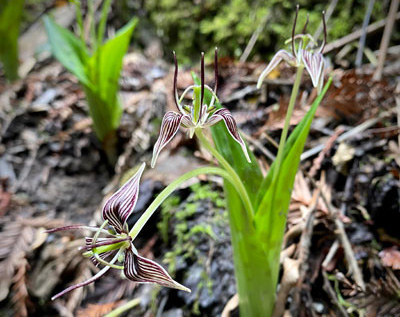
“You don’t have to wait for spring to enjoy wildflowers in Santa Cruz,” Gomez says. “The fetid adder’s tongue (Scoliopus bigelovii) is one of the region’s more unique blooms, creeping out of damp redwood duff in February and attracting gnats with its foul odor and mottled leaves.” This native plant is a type of lily and thrives in the deep shade of the region’s coastal evergreen forests. In late winter, it sprouts pale green or yellowish flowers lined with narrow purple or dark brown veins.
Although breathtaking ocean sunsets can be witnessed year-round in the Santa Cruz area, it’s the winter sunsets that put on the best display. As the setting sun creeps into view of the south-facing beaches this time of year, its brilliant golden light bounces off the paint-stroke cirrostratus clouds that often grace the top of the skies during the wet winter season. The result is several evenings of vivid, colorful sunsets that swallow the entire sky.
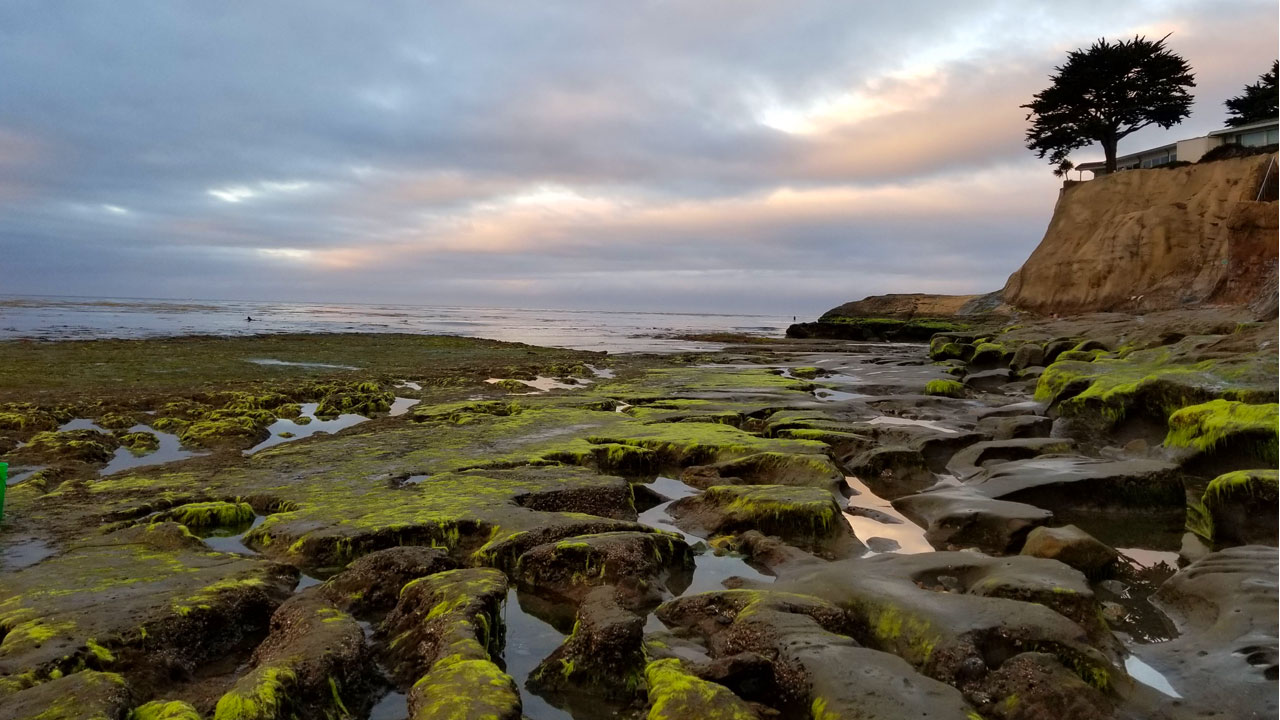
One of the region’s best kept secrets are the trickles of water down beachside cliffs and in coastal forests that turn into glorious waterfalls in the winter. After a heavy rain or two, you’ll be hard pressed to take a hike in the redwoods and not come across a waterfall, but there are a few key waterfall-heavy routes. For example, the Fall Creek trails of Henry Cowell Redwoods State Park and the Maple Falls trail in The Forest of Nisene Marks State Park offer beginner-level hiking routes spotted with several cascading gems. Or, take a trek a few miles up Highway 1 and venture out onto Scott Creek Beach during low tide to admire several 100-foot waterfalls spilling down the beachside cliffs.
Visit the Santa Cruz Museum of Natural History at 1305 East Cliff Drive to learn more about the local natural wonders listed here and many others.
About our expert: As a Bay Area native, Marisa Gomez didn’t have to travel far to find her niche. She moved to Santa Cruz in 2011, and initially became involved with the museum as a volunteer. “I grew up in museums,” she says, so volunteering at the museum was a natural way to connect with her community. Now, she enjoys getting to work with expert naturalists and novices alike, and helping people of all backgrounds connect with nature.